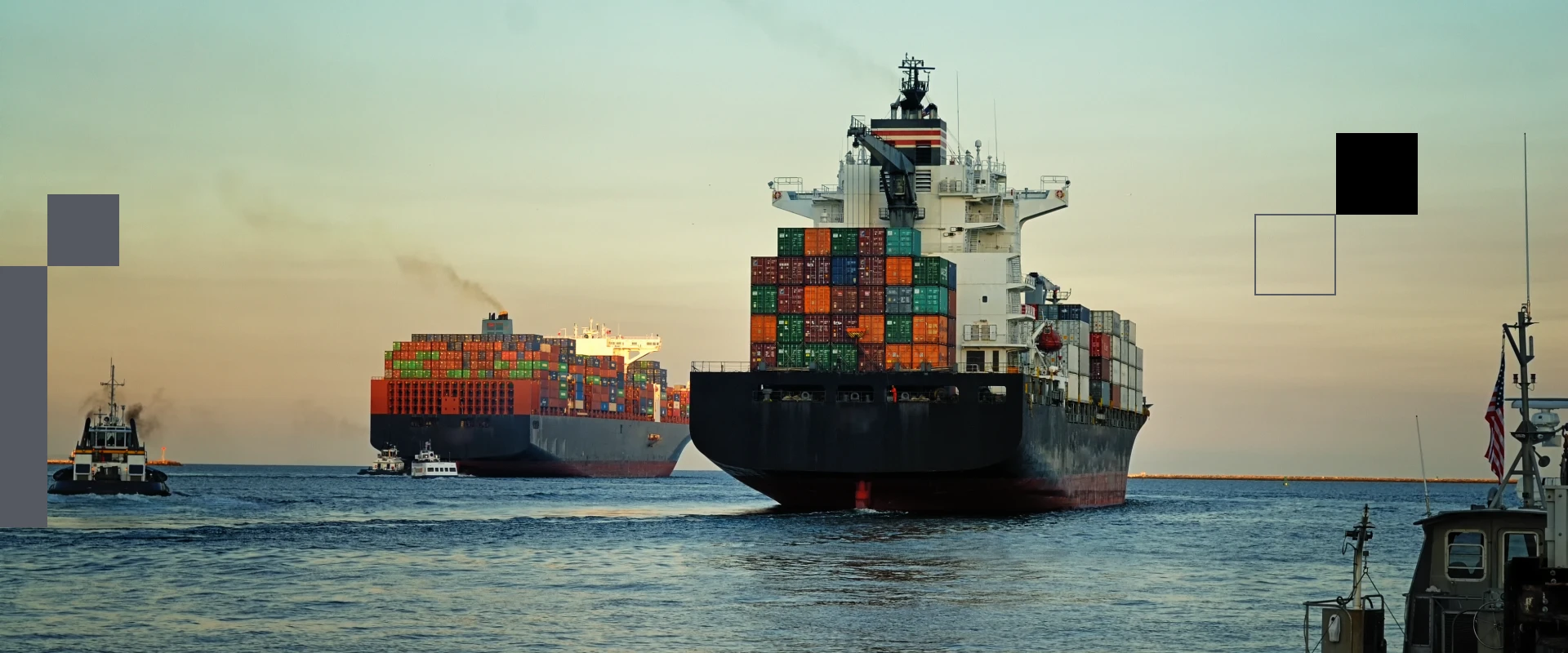
04-07-2025
Reductionist policymaking is thorny. The current federal administration’s one-size-fits-all approach (across industries and trading partners) warrants scrutiny. Without a clear articulation of industry-and country-specific targets, it is challenging to assess these new waves of tariff policies. However, a few common themes seem to be emerging. Specifically, motivation has recently been drawn from late-19th and early-20th century U.S. tariff structures, suggesting three prongs: reduce trade deficits, generate government revenue, and induce U.S.-based production.
Setting aside the motivation for reducing trade deficits, reduction is a tenuous goal. In the extreme, universal prohibitive tariffs would return the U.S. to autarky, and without trade, there would be no trade deficits. Certainly, this cannot be anybody’s goal. Finding an intermediate set of policies targeting the trade deficit could either decrease imports, as the current administration is targeting with tariffs, and/or increase exports through industrial policies. Ultimately, industry-specific analysis is warranted.
Generating tariff revenue via tariffs fundamentally depends on how exporters respond to the policy. The simple truth is tariffs increase prices. A more nuanced debate asks: By how much? The response by exporter prices to tariffs is called tariff passthrough. Depending on the degree of passthrough to import prices, policymakers can and should analyze the tradeoffs between revenue generation and inefficiencies created by the policy. A simple way to conceptualize these tradeoffs is through Laffer curves, where it is straightforward conceptually to find two tariffs (one large and one smaller) that generate the same level of revenue. The smaller tariff is less distortive to the economy. Industry-specific analysis is warranted.
Protectionism-induced increases in domestic production as a byproduct of tariffs are hit or miss historically and depend on the technology and market structure of the domestic and foreign industry. Again, industry-specific analysis is warranted.
Broadly, returning to a state of the world where policymakers articulate their policy goals, and policy evaluators acknowledge these goals to provide more efficient alternatives and analysis of the associated tradeoffs, would be a mutually beneficial step forward. This note is a caution against policies that reduce the entire economy to a single value, parameter, or formula. Rather, pursuing a clear articulation of policy goals and metrics, accompanied by a detailed analysis of how these goals can be efficiently achieved at the industry-and trade-partner level in a way that preserves efficiency for the economy as a whole, should be our ideal.
Anson Soderbery is an associate professor of economics at Purdue University’s Mitch Daniels School of Business. He is an authority on international trade and is frequently quoted in media outlets, including a recent story in The Washington Post. This is the first of several posts highlighting various perspectives on new tariff policies.